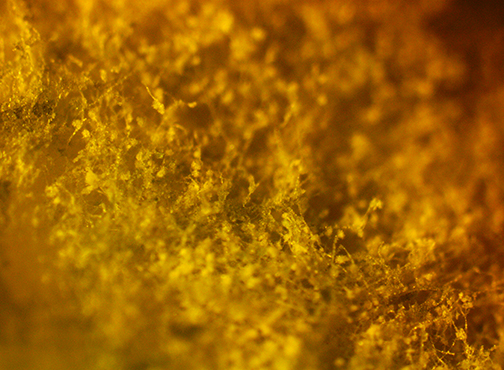After your combine harvests a 200-bu. corn crop, it leaves behind stalks and leaves containing 90 lbs. of nitrogen, 35 pounds of phosphorus and 210 pounds of potassium. On top of that, the residue is locking up 39 lbs. of calcium, 28 lbs. of magnesium and 18 lbs. of sulfur. There’s also a wide array of micronutrients in the stover.
This fall, many more Midwest farmers are turning to the wide array of residue breakdown products which can cut the need for costly purchased NPK. I’ve been writing about this technology for more than 30 years, beginning when AgriEnergy Solutions formulated their stalk digester, Residuce.
One of the primary functions of beneficial bacteria and fungi is to cycle nutrients. Nutrient cycles are well-known; with living organisms being essential in each step of the process that converts residue into useable nutrients.
Inoculating your residue with Residuce WSTM and a food source will turbocharge the decomposition process while sequestering nutrients that will effectively build your Nutrient Bank. Rapid digestion holds the nutrients in the bodies of the microbes, keeping them from leaching or being tied up in the soil. As the microbes finish their life cycle and decompose, the sequestered nutrients are released in plant-available form and ready to be taken up by the next crop.

The following paragraphs written by AgriEnergy Solutions describe the benefits of Residuce products.
“How much value does this “trash” contain in today’s dollars of purchased fertilizer? “At today’s costs of NPK fertilizers, those nutrient numbers of 90-35-210 with micros are equivalent to nearly $200 per acre in purchased inputs! To further increase the value of your “trash”, many AgriEnergy residue management plots have shown an average yield increase of over 10 bushels/acre!
“This translates to more than $60 per acre gains in today’s grain markets.
“When you look at the combined benefits of fertilizer savings coupled with the yield increase, the concept of nutrient cycling becomes a great way to turn your Trash into Treasure and boost your bottom line!
“Won’t my Residue Break Down on its own? When crop residues break down, different parts of the plant decompose at different rates. Simple sugars go first, but cellulose & lignin take longer to break down. Decomposition of these tougher substrates can only happen if there are large numbers of decomposer organisms present, and they have adequate nutrients available to them as food to stimulate activity.
“If we let the native organisms in the soil work on their own, eventually all residues will decompose and a portion of the nutrients will return to the soil, but many will volatilize into the atmosphere, or be washed away by rain. It is essential to utilize practices that will speed up the process to build Organic Matter and ensure we efficiently cycle these nutrients and retain them for next year’s crop before volatilization.
“We recommend to apply your Residue Management program after every crop: corn, beans, wheat, produce, and even cover crops! In most climates we recommend a Fall treatment with Residuce WSTM and a food source for the microbe package to maximize nutrient cycling.”
Renewable farming is a distributor for AgriEnergy Solutions products, including Residuce. Phone Erik at 319-610-2506 for more information.
